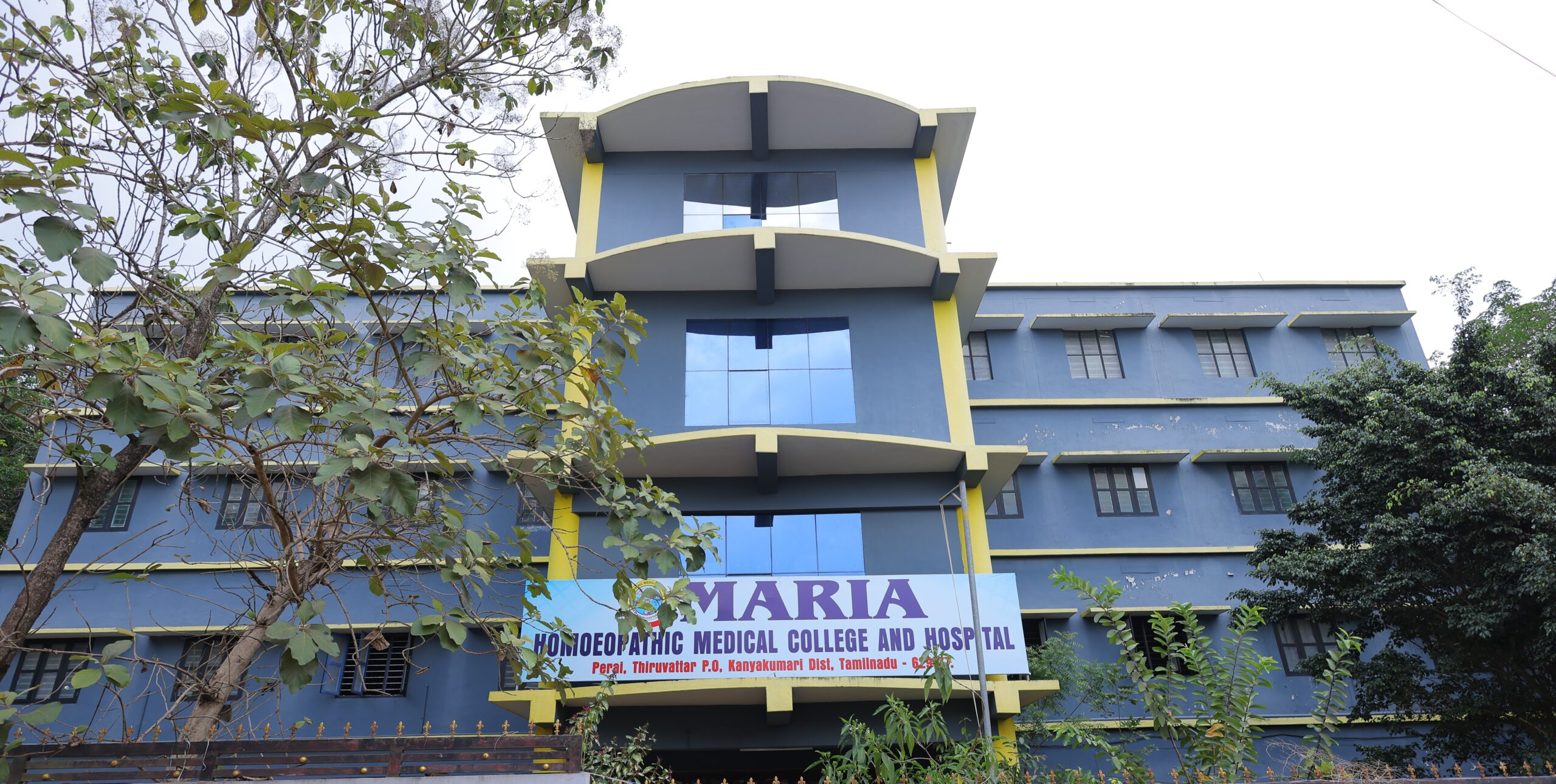
Department of Pathology and Microbiology
| CO1 | Acknowledge the significance that general and systemic pathology and microbiology perform in the homoeopathic system. | Knowledge |
| CO2 | Distinguishes between the morphological alterations in cell structure that occur during disease and determines the method by which etiological variables lead to these changes in connection to homoeopathy. | Knowledge, Understanding |
| CO3 | Connect the concepts of pathology and microbiology to homoeopathic conceptions of miasms in connection to immunity and susceptibility, highlighting the homoeopathic concept of the development of illness and remedy. | Understanding |
| CO4 | Integrate knowledge concerning pathology and miasms to homoeopathy. | Understanding |
| CO5 | Integrate knowledge concerning pathology and miasms to homoeopathy. | Understanding & Interpretation |
| CO6 | Differentiate common and important diseases on the basis of their evolution, etio-pathogenesis, and mode of presentation, progress and prognosis. | Understanding |
| CO7 | Acquire proficiency in recognizing pathogenic characteristics, particularly histopathological characteristics and gross pathological specimens. | Skill |
| CO8 | Maintain a positive attitude toward the significance of microbiology and pathology in the homoeopathic system. | Attitude |
| CO9 | Acquire passionate about clinical practice by seeing how homoeopathic treatment benefits patients. | Interest |
Facilities
Research Works
| Sl.No | Investigator | Guide | Topic | Completed / Ongoing |
| 1 | Dr.Flavia Annet George Associate Professor & HoD, Department of Pathology & Microbiology | Dr.Shiny Tressa Professor & HoD, Department of Homoeopathic Materia Medica | Evaluate the Effectiveness of Homoeopathic medicines Apis mellifica and Sarsaparilla officinalis in various attenuations in antibiotic resistant urinary tract infection caused by Escherichia coli (E. Coli) in children – A Vitro study | Ongoing |
| 2 | Mr.Kiran IV BHMS | Dr.Flavia Annet George Associate Professor & HoD, Department of Pathology & Microbiology | Effectiveness of Homoeopathic Medicine Magnesium phosporicum 6X increase Magnisium content in wax gourd | Ongoing |
| 3 | Mr.Dinesh III BHMS | Dr.Flavia Annet George Associate Professor & HoD, Department of Pathology & Microbiology | To find the efficacy of Crysarobinum 3X to control the anthracnose in Dolichos bean | Ongoing |
| 4 | Miss. Vibras IV BHMS | Dr.John Franklin Assistant Professor, Department of Pathology & Microbiology | A comparative study in the efficacy of Homoeopathic medicine Silicea 30 c and 200 c potency as a fertilizer to promote yielding of Murraya Koenigii | Ongoing |
| 5 | Mr.Gopinath III BHMS | Dr.John Franklin Assistant Professor, Department of Pathology & Microbiology | An investigation into the influence of Homoeopathic remedy Phosphorus on yield optimization in Leguminous plant of Fabacea family | Ongoing |


